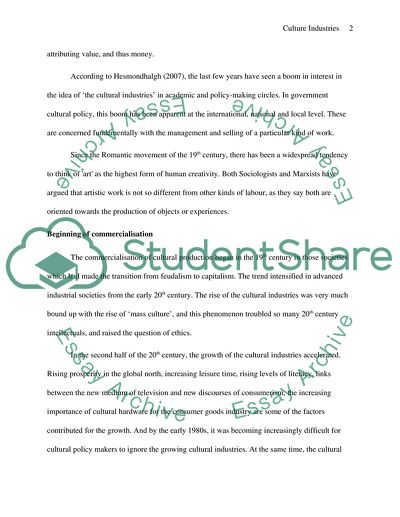Cite this document
(Features of Culture Industries Coursework Example | Topics and Well Written Essays - 1750 words, n.d.)
Features of Culture Industries Coursework Example | Topics and Well Written Essays - 1750 words. https://studentshare.org/culture/1566393-culture-industries
Features of Culture Industries Coursework Example | Topics and Well Written Essays - 1750 words. https://studentshare.org/culture/1566393-culture-industries
(Features of Culture Industries Coursework Example | Topics and Well Written Essays - 1750 Words)
Features of Culture Industries Coursework Example | Topics and Well Written Essays - 1750 Words. https://studentshare.org/culture/1566393-culture-industries.
Features of Culture Industries Coursework Example | Topics and Well Written Essays - 1750 Words. https://studentshare.org/culture/1566393-culture-industries.
“Features of Culture Industries Coursework Example | Topics and Well Written Essays - 1750 Words”. https://studentshare.org/culture/1566393-culture-industries.


